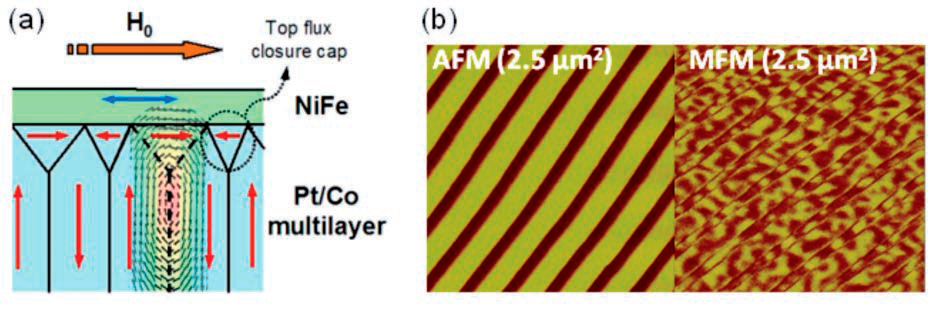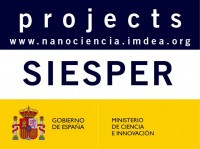SIESPER Towards perpendicular spintronic devices: magnetization reversal processes in out-ofplane exchange biased nanostructures
Dr. Alberto Bollero
-
Funding : Ministerio de Ciencia e Innovación. MAT2011-25598.
-
Duration: 2012 - 2014
-
36 months
Advances from Materials Science, Physics and Engineering have led to dramatic improvements in information technology applications (hard disks, magnetic memories, sensors,…). In particular, an important effort has been done along the last decades by scientific and industrial research groups to increase the magnetic memory storage density through further miniaturization of devices.
SIESPER focuses on the study of the magnetization reversal processes in continuous and nanostructured multilayers prepared by sputtering and by molecular beam epitaxy. This goes through a successful understanding of, among others, the relevance of the preparation conditions (deposition parameters, patterning process…) on the final microstructural and magnetic properties of the nanostructured films together with effects due to the physical reduced sizes of the nanostructures. These aspects are of fundamental importance in the final performance in practical technological applications such as sensors (read heads,).

Figure. (a) Unequal closure domains configuration responsible of the phenomenon of exchangebias observed in a ferromagnetic-ferromagnetic bilayer. (b) AFM (left) and MFM (right) images showing the topography and magnetic domain configuration, respectively, for nanostructures (lines) of the magnetic system shown in (a).
http://nanociencia.imdea.org/images/nanociencia/scientific_reports/Scientific-Report-2013.pdf#page=92




